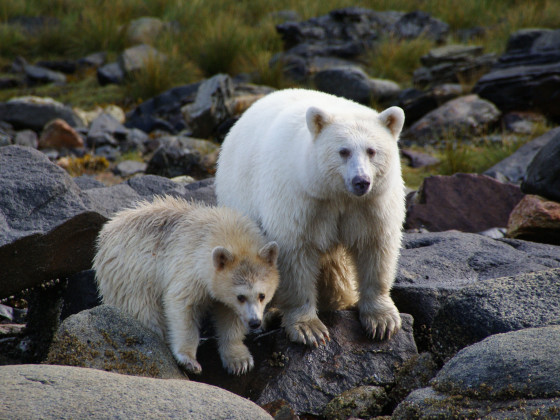British Columbia reached an agreement this week to protect the Great Bear Rainforest from development and logging. This, after a 20-year battle against the logging industry.
[Note: Embedded Instagrams courtesy of Ian McCallister, Wildlife Photographer and Co-Founder of Pacific Wild, who has been working for 25 years to protect the Great Bear Rainforest.]
